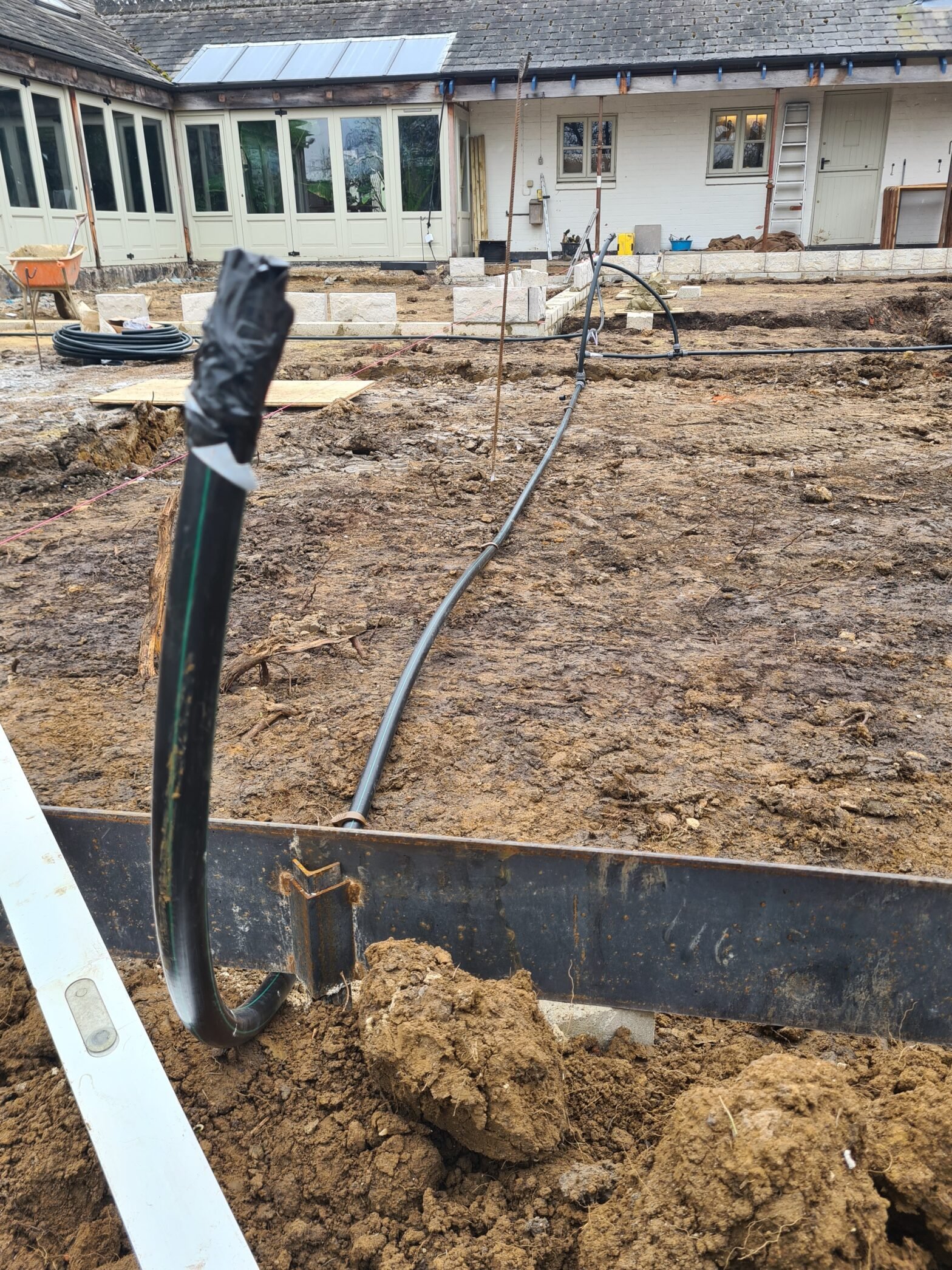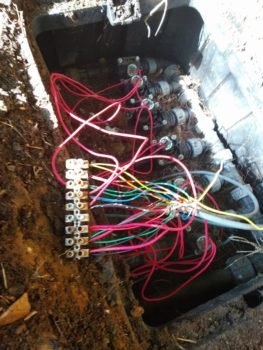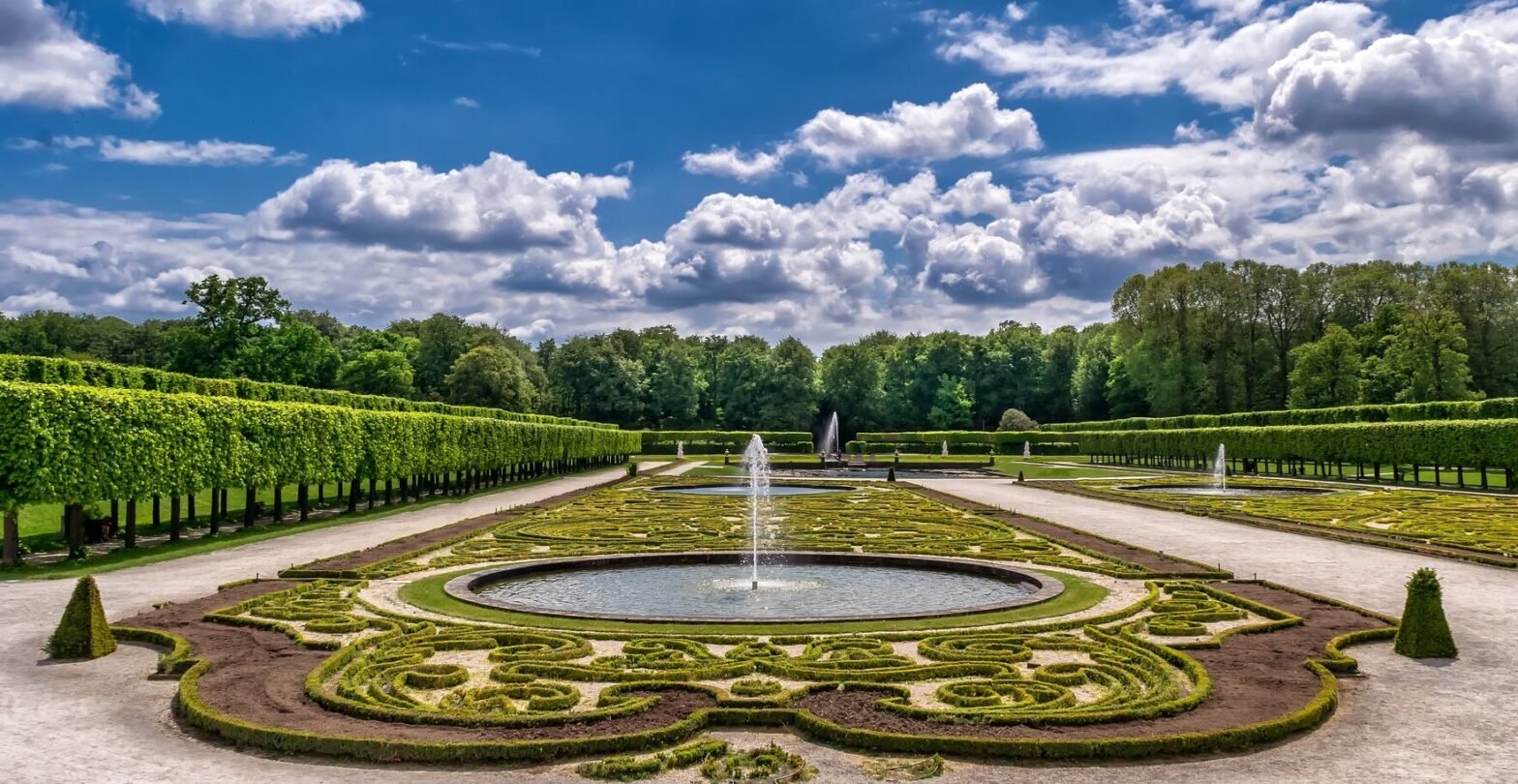Category - Installation
The installation of an irrigation system is a strategic process that requires careful planning and precise execution to ensure optimal functionality and efficiency. This transformative endeavor involves several key steps to bring a well-designed irrigation plan to life.
Site Assessment: The journey begins with a comprehensive assessment of the site. Factors such as the landscape’s topography, soil composition, plant types, and water sources are meticulously analyzed. This crucial step lays the foundation for designing an irrigation system tailored to the unique needs of the specific environment.
Design Planning: Based on the site assessment, a detailed irrigation plan is crafted. This plan delineates the layout of pipes, emitters, and zones, considering factors like water pressure, flow rate, and the type of irrigation required for different areas. The goal is to achieve even coverage and efficient water distribution.
Component Selection: The selection of high-quality components is pivotal for the system’s longevity and performance. This includes choosing appropriate pipes, valves, sprinklers, and controllers that align with the design specifications. Attention to detail during this phase ensures a reliable and durable irrigation infrastructure.
Installation Execution: With the plan in hand and components selected, the physical installation begins. This encompasses laying out the pipe network, installing emitters such as sprinklers or drip lines, and placing control valves. The precision of this phase directly impacts the system’s functionality and effectiveness.
Controller Setup: The heart of the irrigation system lies in the controller. Configuring the controller involves programming watering schedules, run times, and zone sequences. For advanced systems, integrating sensors for weather conditions or soil moisture further refines the system’s responsiveness.
Testing and Adjustment: Following installation, thorough testing is conducted to validate the system’s performance. This involves checking for leaks, ensuring even water distribution, and verifying that each zone operates as intended. Any necessary adjustments are made to optimize the system’s efficiency.
In conclusion, the installation of an irrigation system is a comprehensive process that integrates site-specific planning, meticulous design, quality component selection, and precise execution. This orchestrated approach results in a fully functional and efficient irrigation system that not only meets the specific needs of the landscape but also contributes to sustainable water management.








